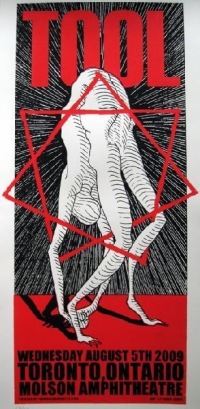
Туристы на моторной лодке проплыли один час по течению реки, после чего выключили мотор и плыли по
течению реки еще 30 минут. Затем они, включив мотор, повернули обратно и через три часа после этого прибыли к месту старта. Во сколько раз скорость течения реки меньше собственной скорости лодки? Скорость лодки в неподвижной воде (собственная скорость лодки) и скорость течения реки считаются постоянными.Нужен ход решения. 0
0
 0
0
Ответы на вопрос
 Внимание! Ответы на вопросы дают живые люди. Они могут содержать ошибочную информацию, заблуждения, а также ответы могут быть сгенерированы нейросетями. Будьте внимательны. Если вы уверены, что ответ неверный, нажмите кнопку "Пожаловаться" под ответом.
Внимание! Ответы на вопросы дают живые люди. Они могут содержать ошибочную информацию, заблуждения, а также ответы могут быть сгенерированы нейросетями. Будьте внимательны. Если вы уверены, что ответ неверный, нажмите кнопку "Пожаловаться" под ответом.

х+у+0.5=3х+3у
4,5у=2Х
2,25У=х
 0
0
 0
0

обозначим скорость лодки -X км/ч,скорость течения реки-y кмч.
за один час по течению реки туристы на моторной лодке проедут -(x+y) км
за 1/2 часа с выключенным мотором по течению реки-1/2 y
итого в одном направлении -(x+y+1/2y)км
в обратном направлении с включенным мотором против течения за 3 часа они проедут 3(x-y)км
приравниваем эти два значения (расстояние не меняется):
(x+y+1/2y)=3(x-y)
x+3/2y=3x-3y
-2x=-3y-3/2y
-2x=-9/2y
x=9/4y
x=2.25y
ответ :скорость течения реки 2.25 раз меньше собственной скорости лодки
 0
0
 0
0

Problem Analysis
We are given that tourists on a motorboat traveled downstream on a river for one hour, then turned off the motor and continued to drift downstream for another 30 minutes. After that, they turned the motor back on, turned around, and arrived at the starting point three hours later. We need to determine the ratio of the river's current speed to the speed of the boat in still water.Solution
Let's assume the speed of the boat in still water is B and the speed of the river's current is C. We need to find the ratio C/B.To solve this problem, we can use the concept of relative speed. When the boat is moving downstream, the effective speed is the sum of the boat's speed and the current's speed. When the boat is moving upstream, the effective speed is the difference between the boat's speed and the current's speed.
Let's break down the given information and solve the problem step by step:
1. The tourists traveled downstream for one hour. During this time, the boat's effective speed was B + C. The distance covered is equal to the effective speed multiplied by the time, which is (B + C) * 1.
2. After one hour, the tourists turned off the motor and continued to drift downstream for 30 minutes. Since the motor was off, the boat's effective speed was only the speed of the river's current, which is C. The distance covered during this time is C * (30/60).
3. After drifting downstream for 30 minutes, the tourists turned the motor back on, turned around, and arrived at the starting point three hours later. During this time, the boat was moving upstream. The effective speed of the boat is B - C. The distance covered is (B - C) * 3.
Now, we can set up an equation using the distances covered:
(B + C) * 1 + C * (30/60) = (B - C) * 3
Let's simplify the equation:
B + C + C/2 = 3B - 3C
Multiply both sides by 2 to eliminate the fraction:
2B + 2C + C = 6B - 6C
Simplify further:
7C = 4B
Finally, we can find the ratio C/B:
C/B = 4/7
Therefore, the speed of the river's current is 4/7 times the speed of the boat in still water.
Answer
The ratio of the river's current speed to the speed of the boat in still water is 4/7. 0
0
 0
0
Топ вопросов за вчера в категории Алгебра
Последние заданные вопросы в категории Алгебра
-
Математика
-
Литература
-
Алгебра
-
Русский язык
-
Геометрия
-
Английский язык
-
Химия
-
Физика
-
Биология
-
Другие предметы
-
История
-
Обществознание
-
Окружающий мир
-
География
-
Українська мова
-
Информатика
-
Українська література
-
Қазақ тiлi
-
Экономика
-
Музыка
-
Право
-
Беларуская мова
-
Французский язык
-
Немецкий язык
-
МХК
-
ОБЖ
-
Психология
-
Физкультура и спорт
-
Астрономия
-
Кыргыз тили
-
Оʻzbek tili





















